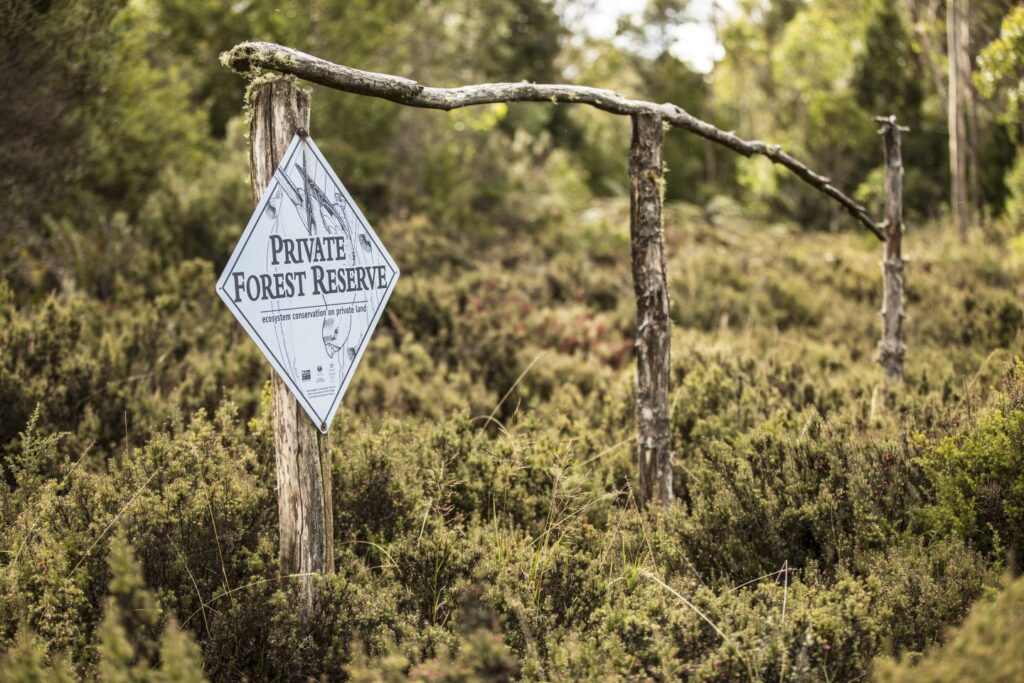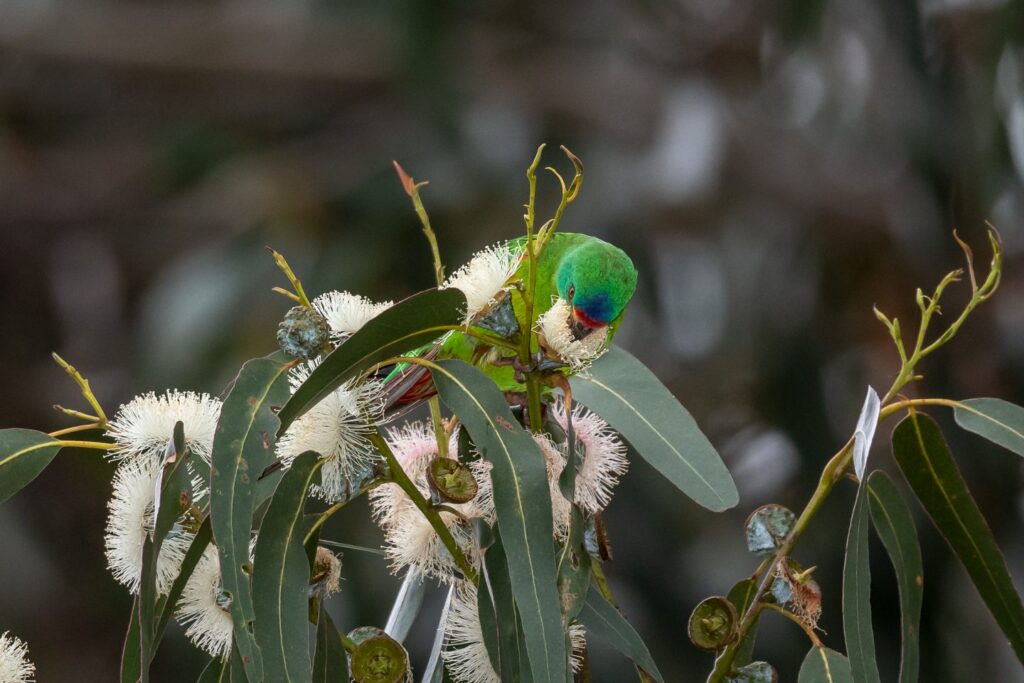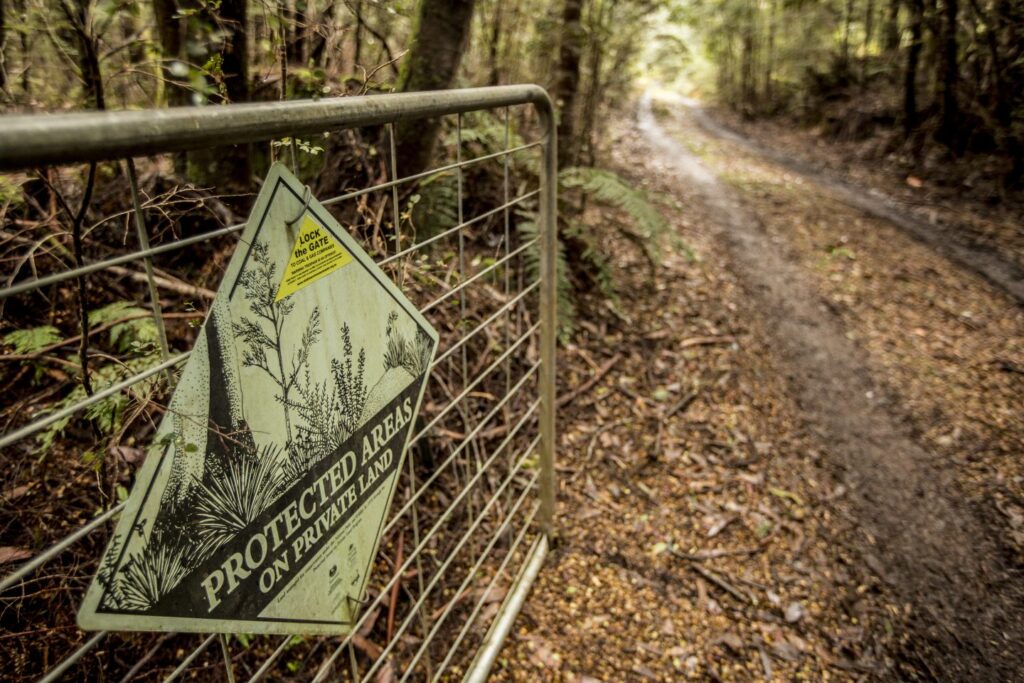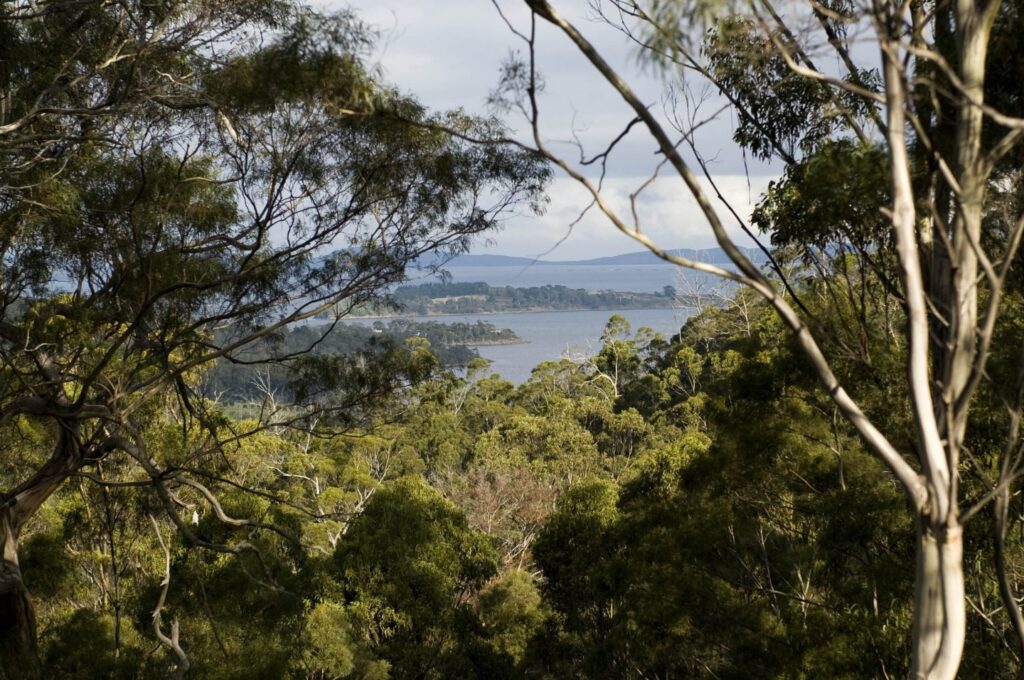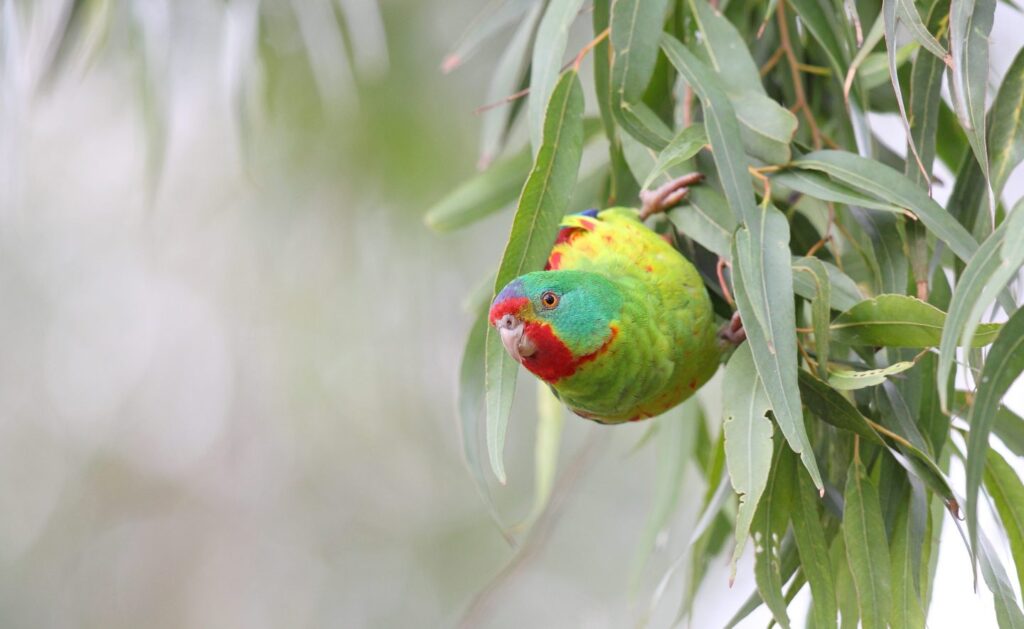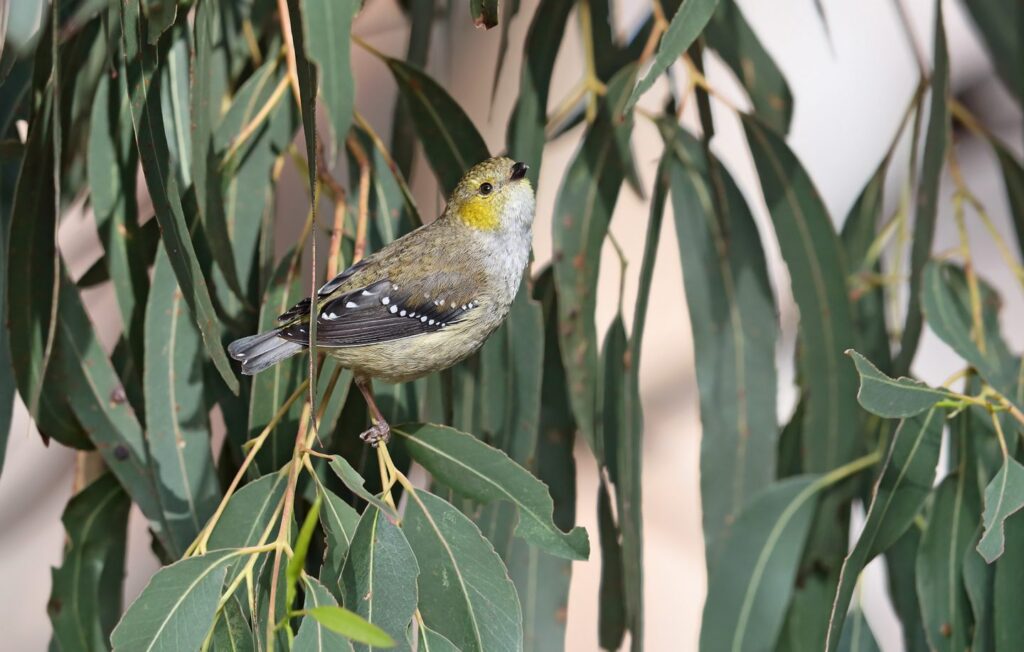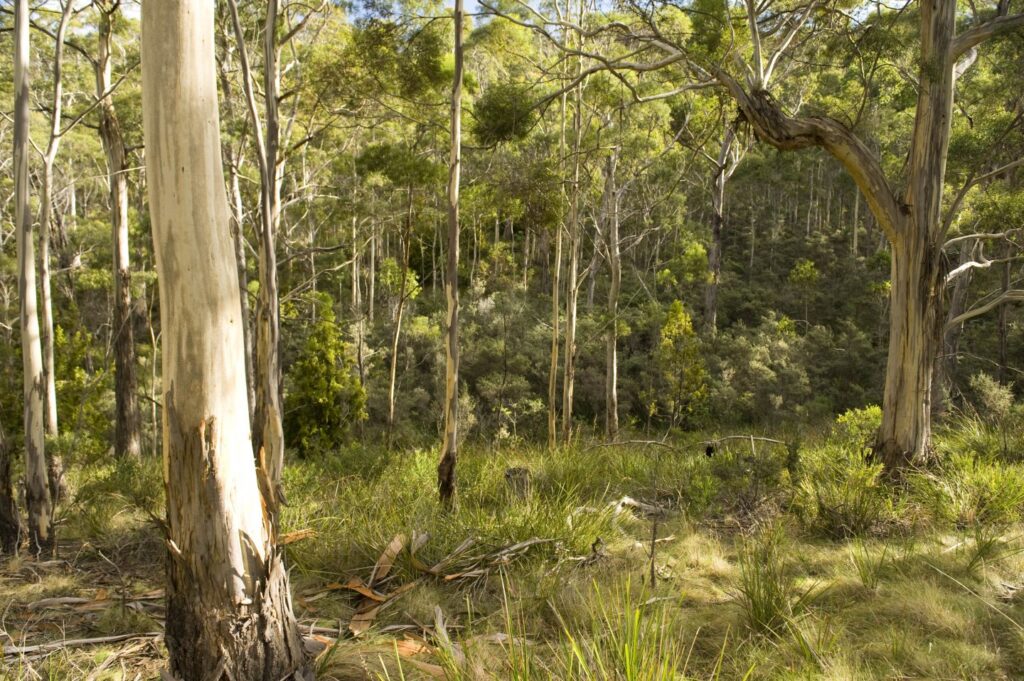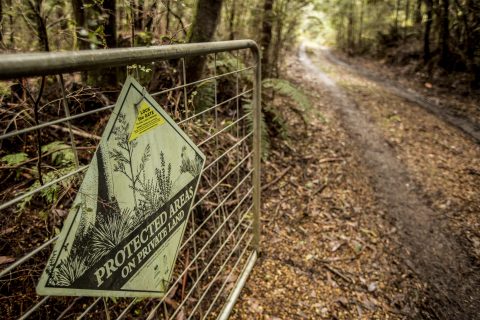Conserving private land is one of the most effective ways to protect natural landscapes, native plants and animals for future generations. In Tasmania, privately protected land covers a smaller area, but contains a higher percentage of threatened communities than public reserves.
CONSERVATION COVENANTS
Conservation covenants are legal commitments, registered on the title of the land, which bind current and future owners in perpetuity to protect the natural values of the land. Conservation covenants have been created under a range of programs, including Protected Areas on Private Land, Private Forests Reserve Program, Forest Conservation Fund, Biodiversity Hotspot Project, Non-Forest Vegetation Program and Midlands Biodiversity Hotspot Tender.
Many landholders appreciate the peace of mind of knowing that natural values, such as flora and fauna, native vegetation, wetlands and geo-conservation areas on their land will be protected into the future. The community also appreciates the important role of covenants for protection of the natural environment on private land in Australia. In fact, the long-term security of the mechanism is so strong that private land covenants are considered part of the National Reserve System.
The Tasmanian Land Conservancy has had a role in many of these programs, has Conservation Covenants on our own reserves, and places covenants on land sold through the Forest Conservation Fund Revolving Fund.
Find out more about how covenants work and why they matter
CURRENT PROGRAMS
Swift Parrot Bruny Island Covenant Project
This project is being run with Natural Resources and Environment Tasmania (NRE). Much of the swift parrot habitat in Tasmania is found on private land.The project, part of a larger state-funded recovery project due for completion in 2025, aims to expand the protection of private land on the island through establishing voluntary conservation covenants.
Using spatial mapping, we’ve identified swift parrot nesting habitat (hollow-bearing trees) and/or foraging habitat (flowering blue gum and black gum) within private properties on Bruny Island and surrounds.
The TLC is contacting relevant landholders to discuss the project and assess the land’s suitability, as well as answering questions about the benefits of covenanting and management responsibilities.
To find out more about the Swift Parrot Bruny Island Covenant Project, please contact Matilda Terry, Tasmanian Land Conservancy Conservation Program Officer, on 0418 353 865 or mterry@tasland.org.au
PAST PROGRAMS
Protected Areas Partnership Program for ongoing support
From 2014-22, the TLC worked in partnership with Natural Resources and Environment Tasmania (NRE) (formerly DPIPWE) on their Private Land Conservation program, undertaking stewardship services for conservation covenant landowners across Tasmania under the Protected Area Partnership (PAP) banner. On average our staff visited over 100 conservation properties per year, giving landowners the support they need to help them maintain the natural values on their land.
If you are a covenant landowner and need support for your property, please contact the following:
Lauren Bird, Conservation Program Officer (North) 0499 759 958, Lauren.Bird@nre.tas.gov.au
Pip Jones, Conservation Program Officer (South) 0499 446 252, Pip.Jones@nre.tas.gov.au
The TLC continues to support Conservation Landholders Tasmania with the development and delivery of communication and outreach events for land owners with conservation covenants on their properties.
Kingborough Environmental Fund
The TLC recently partnered with Kingborough Council and delivered a private land conservation program within its municipality. Landholders who placed their vegetation under covenant as part of the program receive stewardship payments from the Environmental Fund to manage the covenanted vegetation. The payments will cover the costs of management activities such as weed control, fencing and revegetation. The project targeted the protection of threatened vegetation communities and threatened species habitat. This includes habitat for the endangered swift parrot and forty-spotted pardalote and threatened vegetation communities, especially black peppermint forests, which are under threat from land clearance.
For more information visit the Kingborough Council website.
